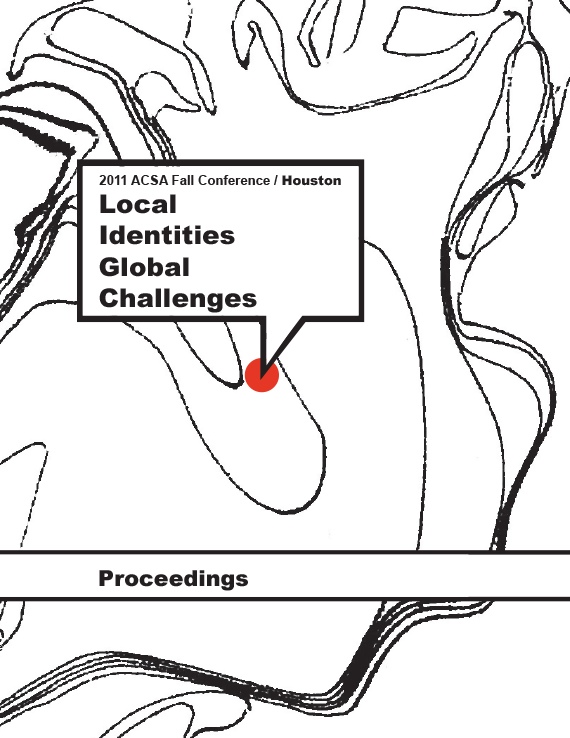Author(s): Ryan Drummond
The traumatic effects of economic decline leave a telling trace on the fabric of cities, which becomes all the more relevant given the current attention that recession has focused on the intrinsic relationship of the economic to the social. In particular, the monumental shifts American cities have seen since the industrialism of the 19th C. to the 21st C. service economy, have all contributed to the current social state and perceptual image of the urban condition. In terms of imageability, the abandoned structures of rustbelt industry leave a highly visible record of the cyclical patterns of capitalism, clearly demonstrating the effects on both social and formal arrangements in the present. Key urban thinkers have pointed to a new grammar of cities, referring to the “lacunas” of vacant land awaiting redevelopment and the “ladders” of inward focused and often isolated patterns of use. Both infer a challenging void condition within the inner city core. Yet within this void arises the potential for rebirth as the challenges of a crowded and resource-stretched world seek new avenues of accommodation for the promise of prosperity and social stability. The hollowed-out industrial fabric of a city such as Philadelphia provides a prominent example of the awaiting potential of the void, of a new urban frontier that offers the possibility of revived economic growth and concentrated urban relationships. The decay of such entropic landscapes provides a direct expression of the impact that global forces can have on local conglomerations as economic power is redistributed in the face of shifting policy and demands of capital. Yet through its very decline, such a terrain vague evokes the desire of capital’s frontier consciousness. Only by the loss of both social viability and economic worth can value once again emerge and drive development. As populations will seek denser and less resource-demanding locations in the near future, the post-industrial landscape will have the potential to shift from one of abandoned detachment to a condition of revived reuse. Prior to the revival of the post-industrial voids within the ecologies of the 21st C. city, such sites will experience a condition of urban pastoral. It is at this point that the frontier consciousness, a spirit of territorial exploration and creative engagement makes itself present. The pastoral condition that emerges reveals the hidden dimension of the void’s future while also challenging its current existing state. Such a condition offers great potential for the agency of design. Creatively-minded individuals can actively engage with the ideation of the image which can emerge. Expressions of such activity within the context of Philadelphia point to the continuing tension between the forces of local agency and the potential intervention of global economic structures within the American city. And just as the industrial city saw itself ravaged as global forces shifted in the past, the 21st C. city will find itself pursuing a course of creative destruction and revitalization if it is to serve the needs of its people in the demanding situation of an excessively burgeoning world.
Volume Editors
Ikhlas Sabouni & Jorge Vanegas

 Study Architecture
Study Architecture  ProPEL
ProPEL 
